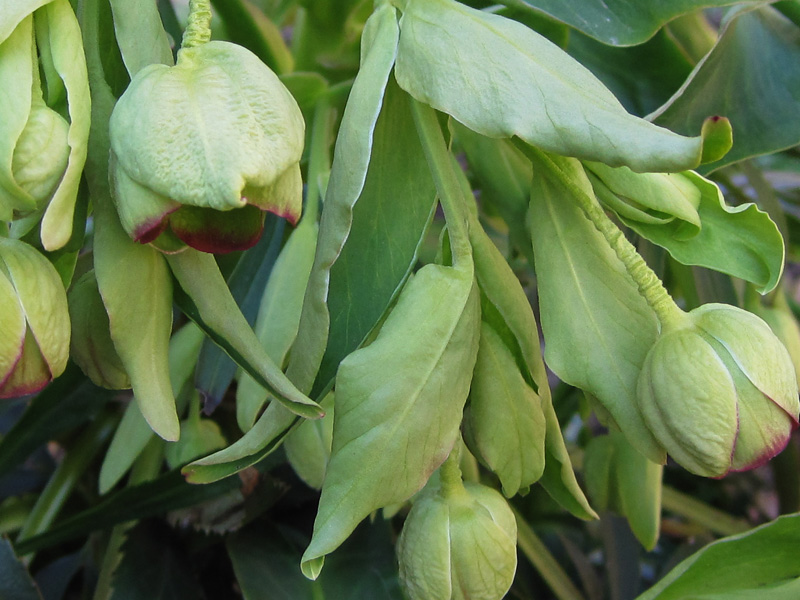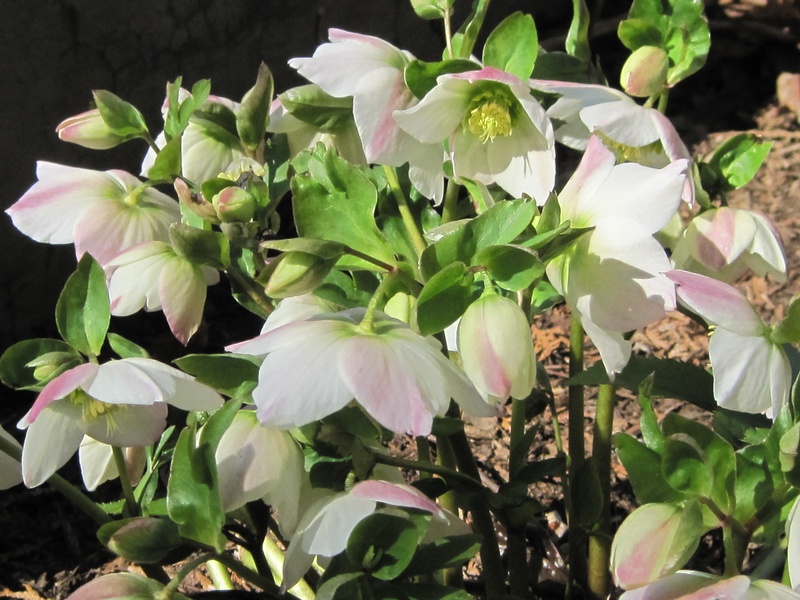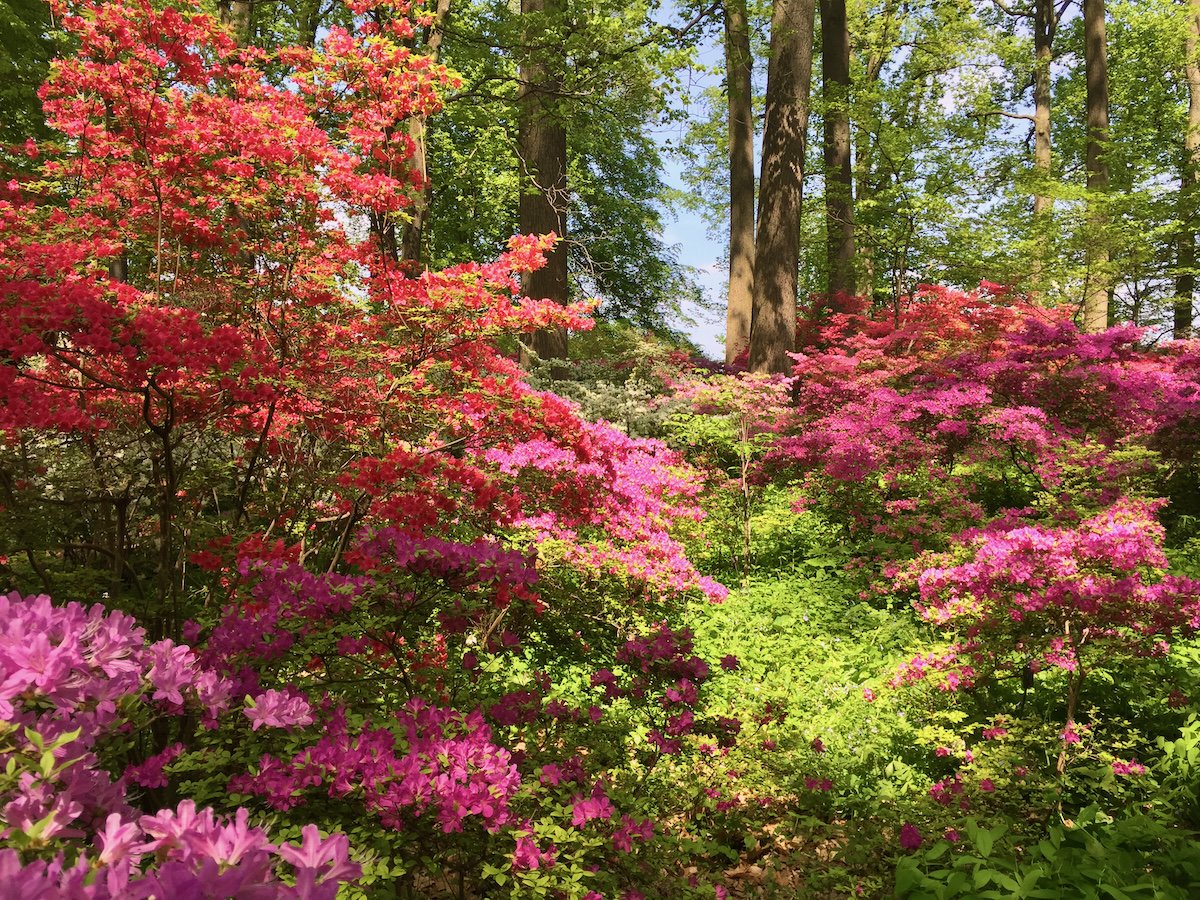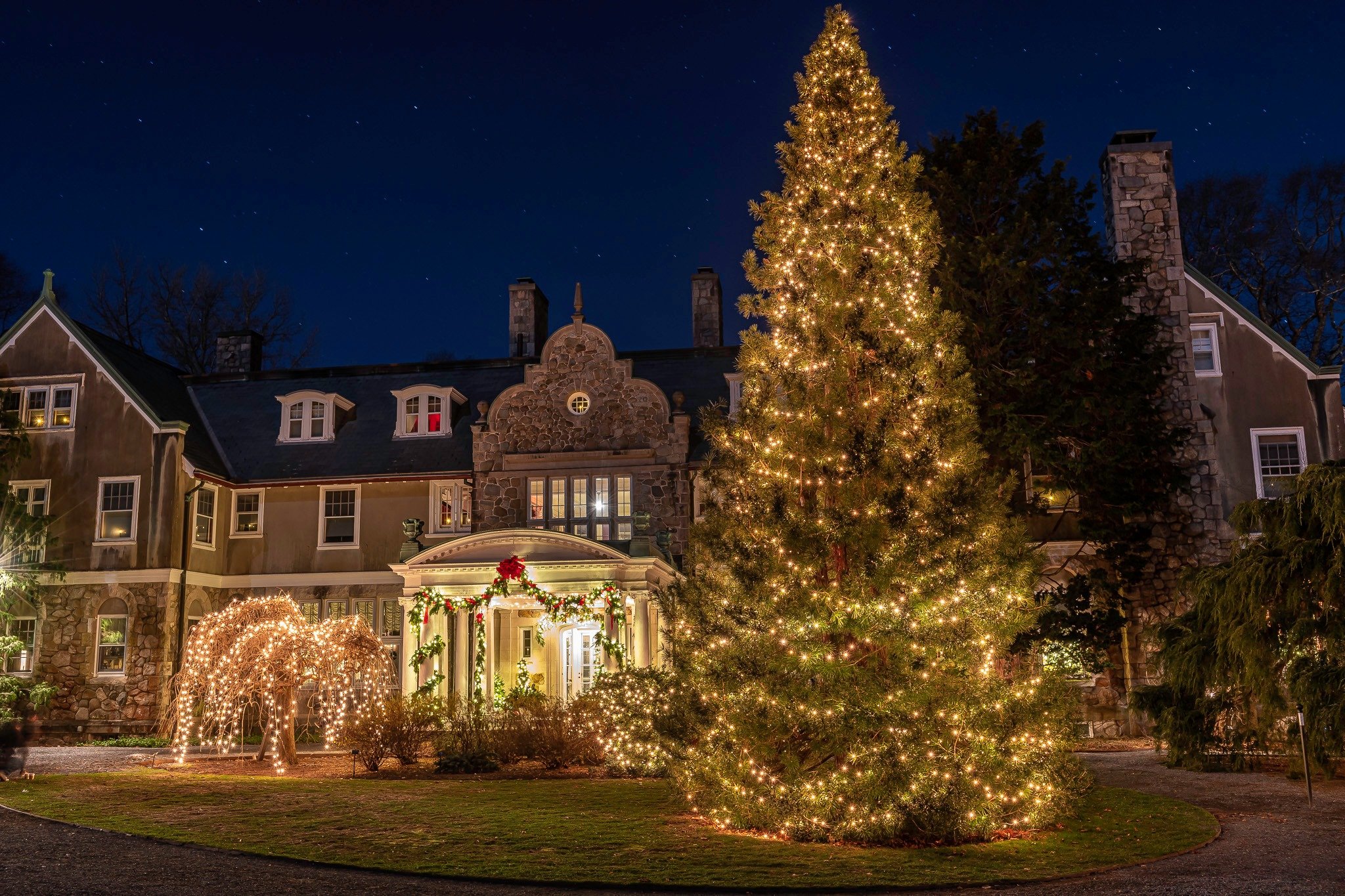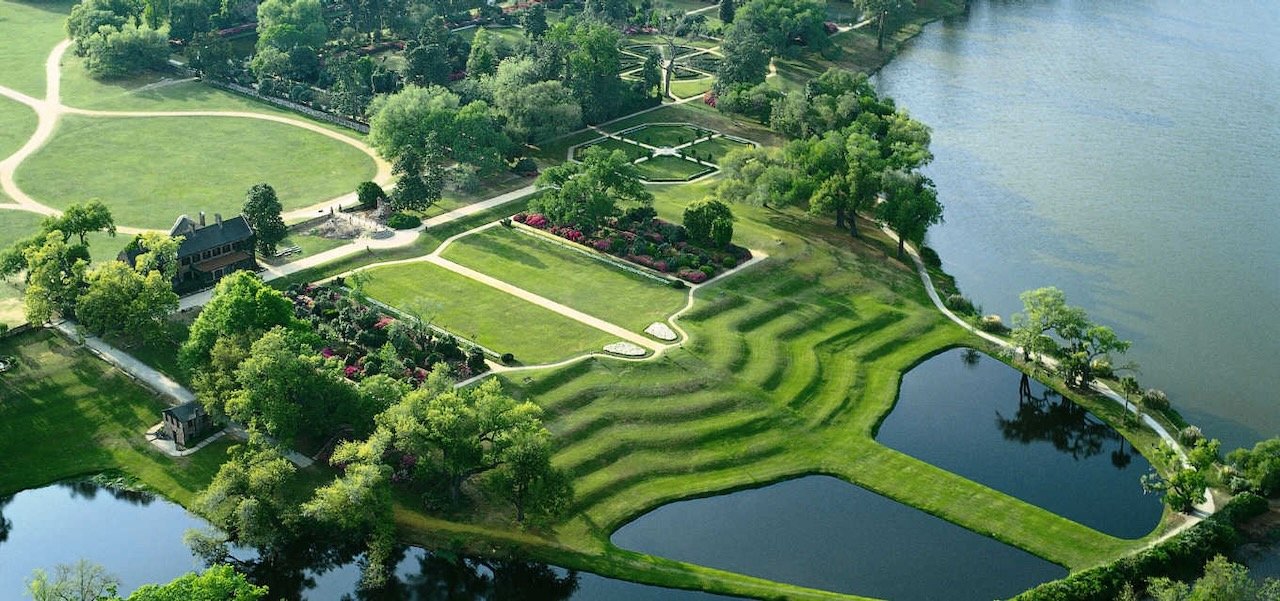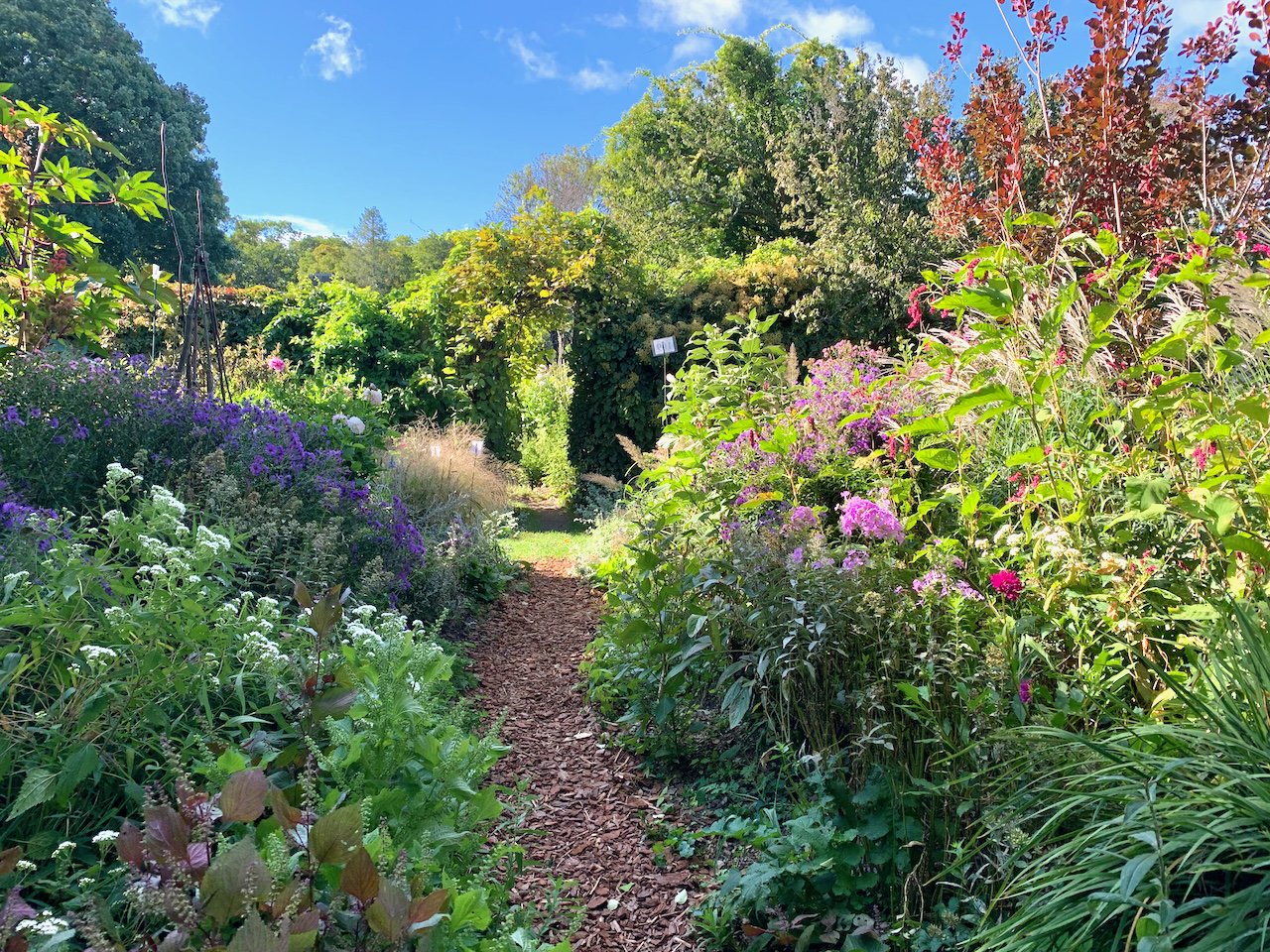Spring Ephemerals: Early to Bed and Early to Rise
/My husband’s Uncle Charles is an avid outdoorsman who loves to hike and canoe all over the country. At the young age of 81, he is constantly conquering another river, portaging his canoe over landmass obstacles or encountering a bear in the campground of a national park. When we started writing our gardening articles last year, I learned that he is also an avid naturalist, and has been photographing our native wildflowers for years. I had just recently become interested in spring ephemerals, and knew most of them only from friends’ gardens. It was a thrill to see his photos of Hepatica, Bloodroot, Trilliums, Erythronium, Jeffersonia, Uvullaria, Jack-in-the-Pulpit, and Phlox captured in their forest habitats throughout the U.S. and Canada.
For those of us gardening in northern climates, spring ephemerals stretch the gardening season with their early blooms. Many spring ephemerals are native to our North American woodlands, where springtime begins slowly and ends with a crescendo of blossoms that carpet the forest floor in May. These early wildflowers can be effective and adaptable additions to the home shade garden.
You will be surprised at the number and variety of cultivars of our early spring bloomers: 40 species of trillium, 20 species of erythronium, more than 100 cultivars of hepatica, to name just a few—there are ample opportunities for collectors!
As with all living things, having knowledge of a plant’s natural habitat and lifecycle produces success in the home garden. Spring ephemerals represent a unique ecological strategy and share these traits:
Quick Growth Cycle. Spring ephemerals are perennial wildflowers that develop their aerial parts - stems, leaves, and flowers - early each spring and then quickly bloom, go to seed and die back to their underground parts (roots, rhizomes, and bulbs) for the remainder of the year. Many emerge in April and are completely gone by June.
Forest Dwellers. In early spring, the forest provides a warmer habitat than open field. Trees absorb the heat of the sun with their trunks and slowly radiate this heat to the air at night, when frost is still a threat to small plants. Until the trees leaf out, the sun’s rays can thaw and warm the soil of the forest floor. Trees also act as a windbreak, reducing the “wind chill” factor in the woodland.
Reaching for the Light. Spring ephemerals take full advantage of early spring sun by blossoming before the forest trees leaf out.
Moisture Lovers. Early spring is also the time of year when soil moisture is at the highest because the trees are not actively soaking up all the available water.
Early Feeders. Soil nutrients are at their highest levels in early spring, when decay of the previous year’s leaves produces a bumper crop of nutrients in the soil. The spring ephemerals have first crack at this abundant food supply.
Early to Bed. Once the leaves of taller plants expand and command the light and water, the ephemerals simply go dormant. Reserving the nutrients they gathered in their tubers, rhizomes, or other underground storehouses, they wait quietly until they can be “early to rise” the following year.
So if you want to add beauty and interest to your early spring gardens, look for the spring ephemerals that will enchant you with their woodland wildflower magic.





























